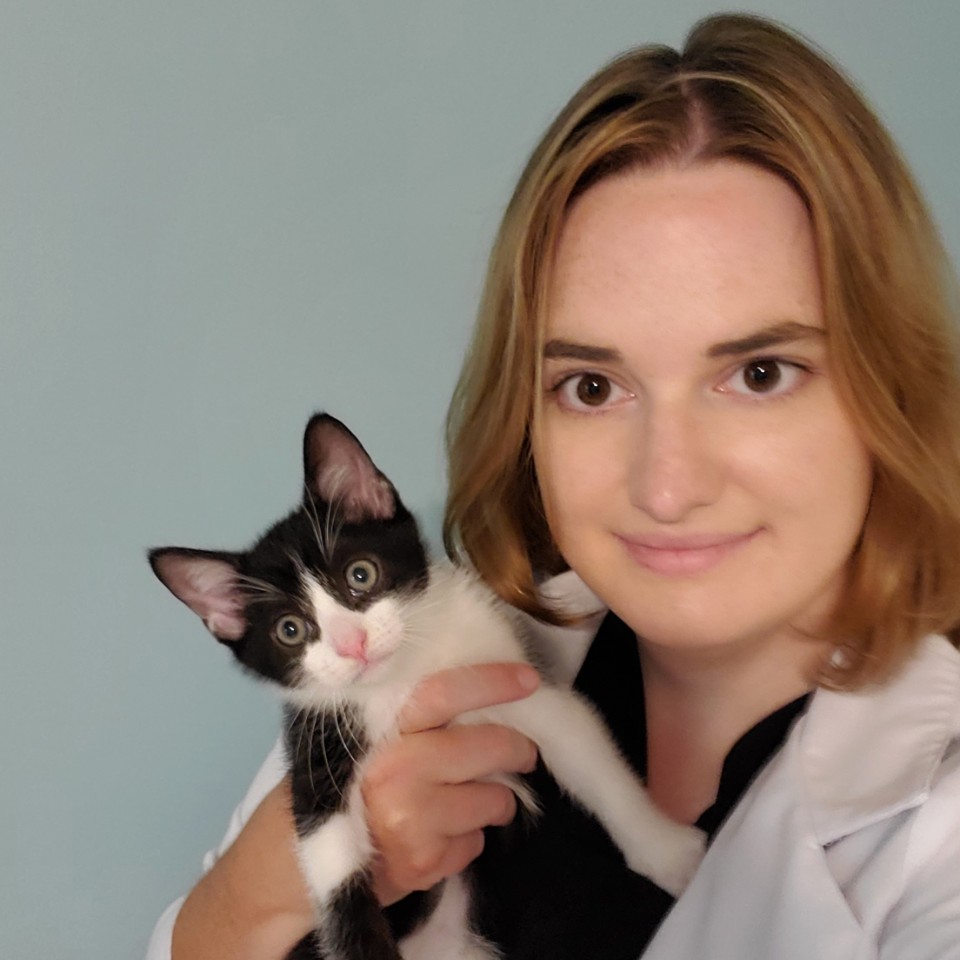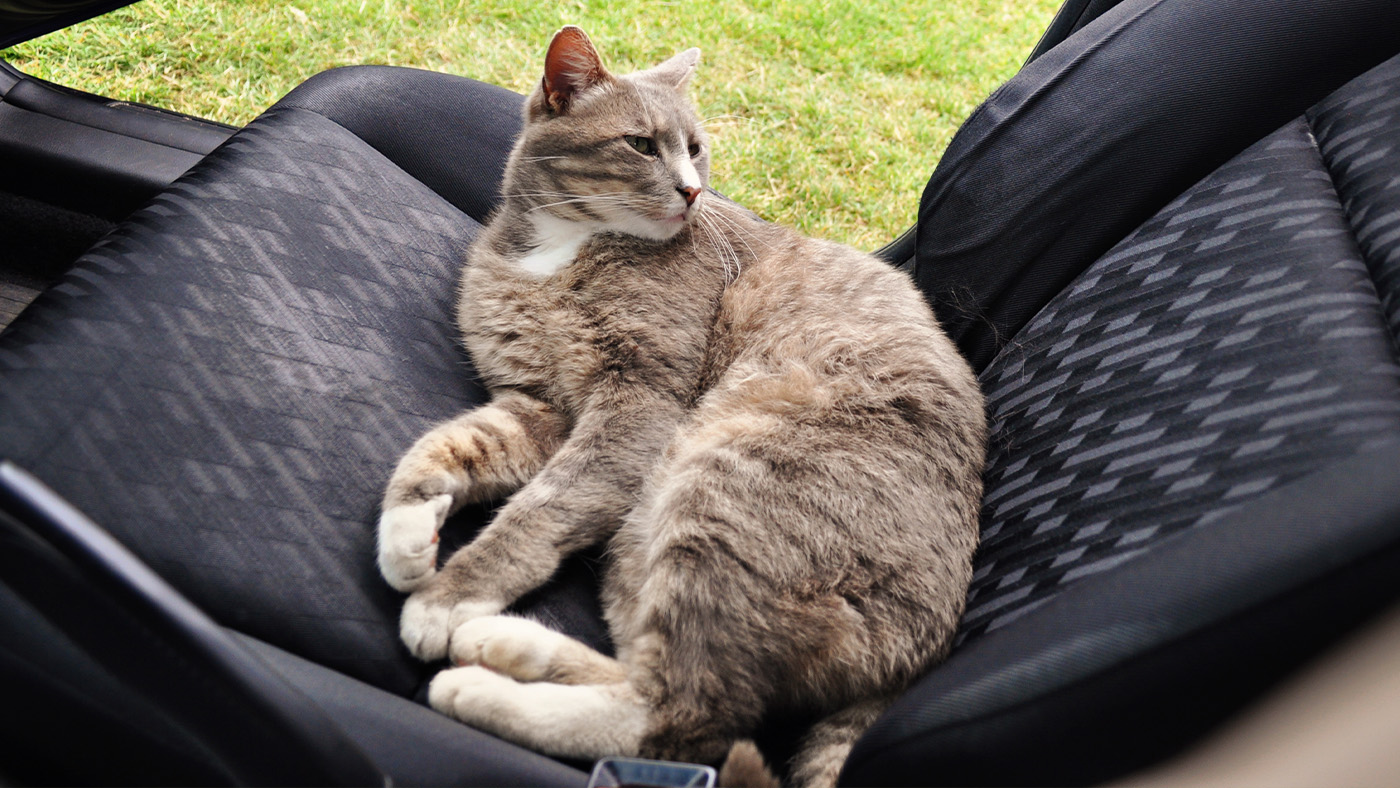How to reduce separation anxiety in dogs: A vet's guide
Separation anxiety in dogs is quite common. We walk you through the symptoms and what you can do to help your hound stay calm
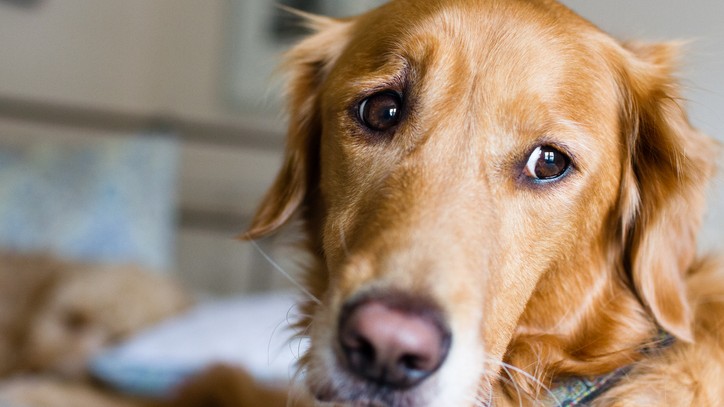
Separation anxiety in dogs is a fairly common occurrence, something that you may be well aware of if you've ever come home to discover that your dog has destroyed the house!
Separation anxiety is a condition that occurs when your dog becomes anxious during your absence. This condition can be extremely disruptive for both dog and owner, and it can be very difficult to overcome.
Fortunately, there are some steps you can take to help reduce your dog’s anxiety and make your absences easier for your dog to bear. Read on for our tips on reducing separation anxiety, so you and your pup can get back to your normal routine!
Symptoms of separation anxiety in dogs
Separation anxiety is a common behavioral condition in dogs. Dogs with separation anxiety become distressed when separated from the people they are attached to – typically, their owners. Some dogs may only become distressed when their owners leave the house, while others may show symptoms of separation anxiety even if their owner is just in another room. Symptoms of separation anxiety can range from mild to severe and can include signs such as:
- Panting
- Pacing
- Trembling
- Excessive vocalization
- Destructive behavior
- Attempts to escape
- Inappropriate urination or defecation
We don’t know exactly why some dogs develop separation anxiety when others don’t. What we do know is that separation anxiety can be extremely distressing for both the dog and their family. Here are some ways you can help reduce your dog’s separation anxiety to make things easier for both of you!
How to treat separation anxiety in dogs
1. Improve your dog’s confidence
Dogs with separation anxiety often have anxiety in other areas of their lives as well. You can help reduce your dog’s anxiety by improving your dog’s confidence in life. One of the best ways to do this is to make life as predictable as possible for your dog. Stick to a daily routine, so your dog always knows what’s coming next. Minimize loud noises and unpredictable movements to avoid startling your dog. And always give your dog a safe space, such as his or her own crate or bed, that he or she can retreat to for quiet and solitude when needed.
Another way to improve your dog’s confidence is by using the Nothing In Life Is Free (NILIF) training program. This training methodology asks your dog to perform a task prior to receiving anything positive, following a simple command-response-reward pattern. This can be as simple as asking your dog to sit before putting down the food bowl or opening the door to go outside. This type of training not only improves predictability for your dog, but also teaches him or her that life has rules that must be followed in order to receive good things. This also builds your dog’s confidence by providing him or her with some voluntary control over the interaction. You can learn more about NILIF training on the San Francisco SPCA website.
Another great training tool is Dr. Karen Overall’s Protocol for Relaxation. This step-by-step guide teaches your dog how to be confident away from you. By the end of the protocol you should be able to send your dog to his or her “place” – such as a mat or crate – and have him or her settle down and relax on command. This is a great tool to use for dogs that are anxious or overexcited when you are getting ready to leave, or for any dog that needs to be reminded to settle down once in a while!
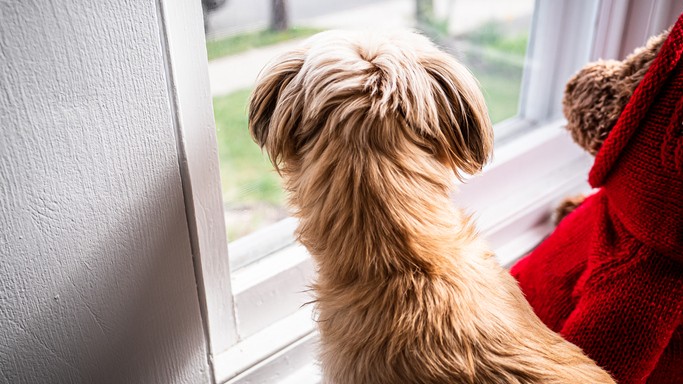
2. Give your dog plenty of exercise and mental stimulation
Much of separation anxiety occurs in the first 30 minutes after you leave the house, so keeping your dog mentally stimulated during this time is a must. If you can keep your dog busy and distracted while you’re away, he or she will be less likely to tear up the furniture while you’re gone!
First, try exercising your dog right before you leave with a good long walk or a rousing game of fetch. A dog that is tired and happy is much less likely to feel anxious while you’re away. Also provide your dog with mentally stimulating toys to keep him or her busy, such as puzzle toys or a Kong toy stuffed with peanut butter. This will give your dog something to work on after you leave and should hopefully limit your dog’s desire to escape and destroy.
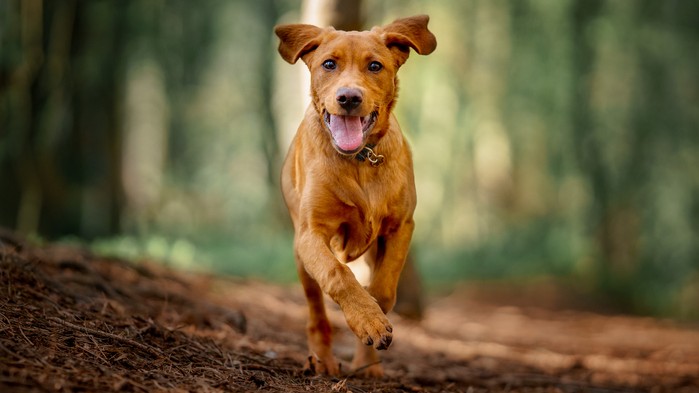
3. Desensitize your dog to your absence
Another training option is to use is a technique called desensitization. Desensitization means gradually getting your dog used to your absence so that he or she no longer reacts to it. This process must happen very slowly and can be tedious. But when performed correctly under the supervision of a positive reinforcement based dog trainer, desensitization can be a very effective tool for combating separation anxiety.
You’ll start by leaving your dog alone for very short periods of time – just a few minutes at most to start – and gradually build up to longer and longer absences. The goal is to stay under your dog’s threshold so he or she never becomes anxious during the process, and to reward him or her for calm behavior throughout the training process. Over time, your dog will learn that being alone isn’t so scary after all!
You can also help reduce separation anxiety by keeping your comings and goings as calm as possible. Do not make a big deal out of saying goodbye to your dog when you leave – this will only ramp up his or her anxiety! Instead, calmly and quietly collect your belongings and leave.
When you return, ignore your dog for a few minutes after you arrive. Do not allow your dog to jump all over you or get overexcited. Wait until you’ve put your things away and gotten yourself settled before you calmly and quietly greet your dog. This will teach your dog that your comings and goings are no big deal and nothing to get upset about.
Avoiding separation anxiety
Sometimes, the best way to cope with separation anxiety is to avoid it entirely. Taking your dog to a doggie daycare or having a dog walker stop by the house can be the best ways to combat separation anxiety in your dog. If your dog’s separation anxiety persists, talk to your veterinarian for additional options.
PetsRadar Newsletter
Get the best advice, tips and top tech for your beloved Pets
Dr. Elizabeth Racine is a small animal general practice vet covering all things pet health and wellness. Her special interests include veterinary behavior, nutrition, and internal medicine.
As a freelance writer, Dr. Racine has written content for major companies in the industry such as the American Kennel Club, Merck Animal Health, Bayer PetBasics, Elanco, and CareCredit. In her free time, Dr. Racine enjoys playing trampoline dodgeball, hiking with her beagle Dasher, and spending time with her three mischievous cats.
